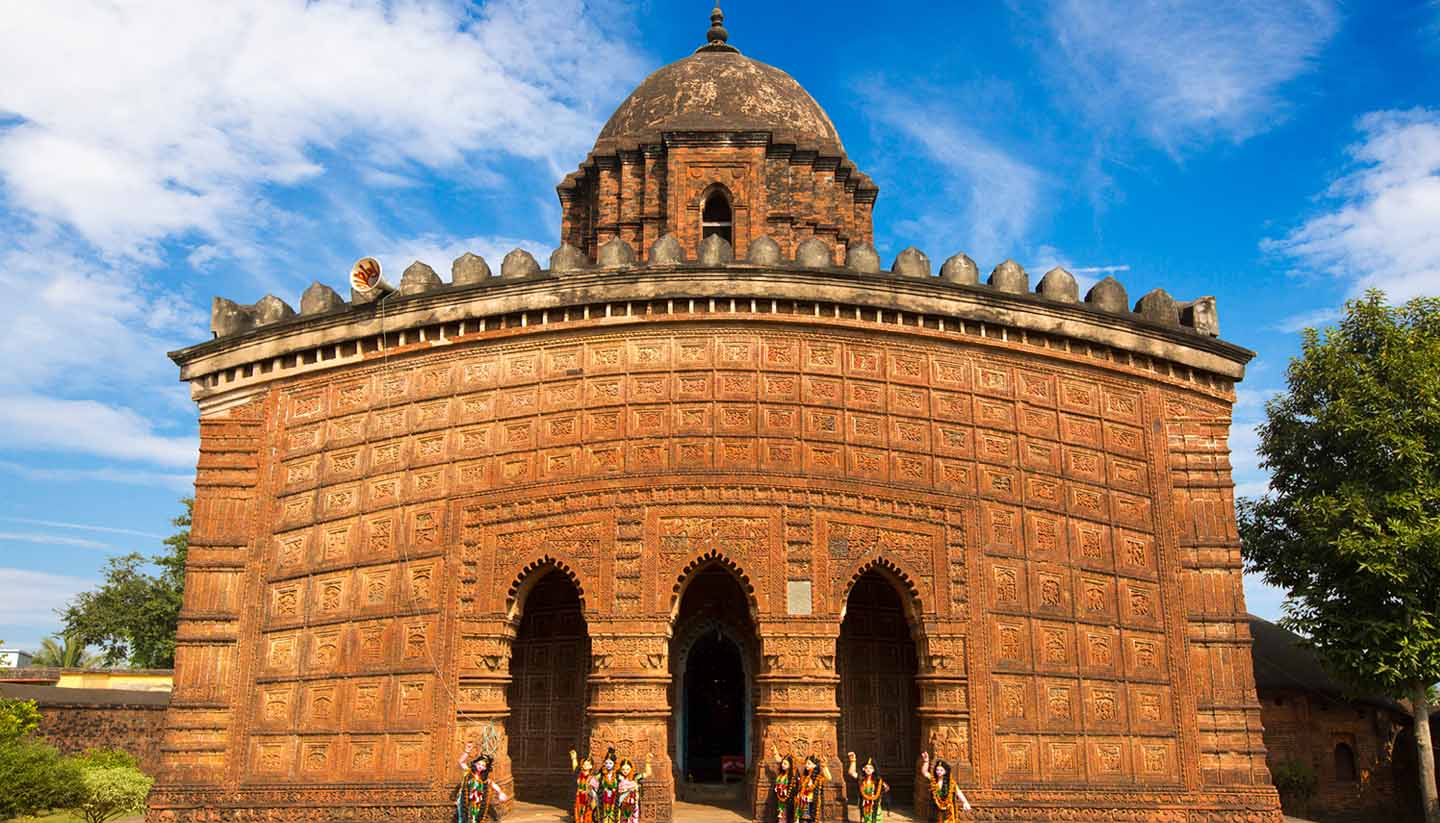Bangladesh History, Language and Culture
History of Bangladesh
In ancient history, Bangladesh was ruled by a succession of animist, Buddhist and Hindu empires, including the Pala dynasty in the 8th century, whose kings constructed the vast monastic complex at Paharpur. Hinduism experienced a major revival under the Sena dynasty in the 12th century, but it was soon replaced by Islam, introduced first by Arab traders and Sufi missionaries, and later by conquering armies sent east by the Muslim sultans of the Indian plains.
Successive Muslim dynasties established rival capitals across the country before the Mughals cemented control in 1575, and developed Dhaka as the capital of the province of Bengal. When the British arrived in the 18th century, Mughal control of Bengal had waned and power was devolved to wealthy local families – the nawabs.
The British East India Company gained ownership of Bengal after the Battle of Plassey in 1757, ruling by proxy through allegiances with powerful nawabs. The division of Bengal into Hindu and Muslim enclaves by the British in 1905 sowed the seeds of rebellion against colonial rule. The Bengal region was divided in 1947 along religious lines in what was known as the Partition of India, which saw predominately-Hindu West Bengal become a province of India and predominately-Muslim East Bengal become a province of Pakistan, known as East Pakistan.
In the years that followed, the independence movement gathered pace and Bengal continued to be marginalised. Disputes over language and political power came to a head in 1970, when the pro-independence Awami League won an overwhelming majority and West Pakistan sent its armies to suppress the east, plunging the country into civil war. India intervened in 1971 on the side of East Pakistan, but by then perhaps three million Bengalis had been killed by Pakistani forces.
Bangladesh formally came into being on 17 December 1971, but weak governments provided the opportunity for a string of military takeovers. Democracy was finally restored in 1991. Since then, Bangladesh has faced severe challenges: from the devastating 2004 tsunami to a succession of severe cyclones that have flooded large parts of the country. Today, Bangladesh is regarded as one of the nations most vulnerable to the effects of climate change.
Did you know?
• The Bengal tiger is Bangladesh’s national animal, but it’s an endangered species with only 440 individuals thought to live in the country.
• Bangladesh officially has six seasons: summer, rainy, autumn, cool, winter and spring.
• In Bangladesh, smiling is considered by some people to be a sign of immaturity.
Bangladesh Culture
Religion in Bangladesh
90% Muslim, 9% Hindus and 1% Buddhist and Christian minorities. Religion is the main influence on attitudes and behaviour. Since 1988, Islam has been the official state religion.
Social Conventions in Bangladesh
In someone's home it is acceptable to sit crossed-legged on cushions or the sofa. If a visitor wishes to bring a gift, money must not be given as it may cause offence. Religious customs should be respected by guests. There are severe penalties for possession and trafficking of illegal drugs. Some drugs-related offences are punishable by death. Local women should not be specifically photographed unless it is certain that there will be no objection. Women should wear trousers or long skirts; revealing clothes should be avoided, particularly when visiting religious places. Dress is generally informal for men, though modesty must be maintained. Same-sex relations are illegal.
Photography: In rural areas, people are becoming more used to tourists; however, permission should be requested before photographs are taken of individuals. Do not photograph military installations.
Language in Bangladesh
The official language is Bengali (Bangla). English is widely spoken, especially in government and commercial circles. Tribal dialects are also spoken.


